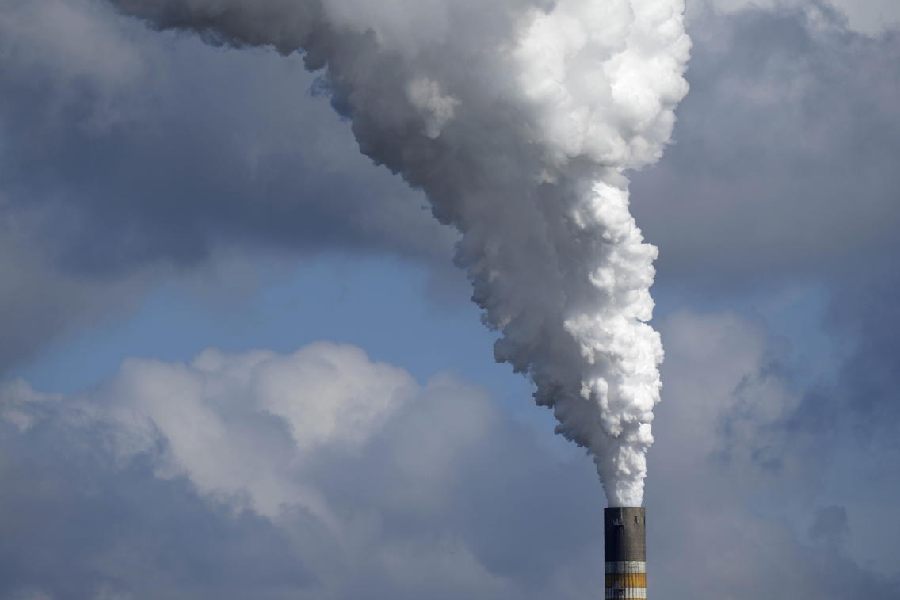Demand for electricity around the world is rising faster than expected, making it harder for countries to slash their emissions and keep global warming in check, the International Energy Agency (IEA) said on Wednesday.
Over the next decade, the world is poised to add the equivalent of Japan’s annual electricity demand to grids each year, driven by surging power needs for new factories, electric vehicles, air-conditioners and data centres, according to the agency’s annual World Energy Outlook, a comprehensive report on global energy trends.
In all, the agency now expects global electricity demand to be 6 per cent higher in 2035 than it forecast last year.
It’s not all dire news for climate change: The report concludes that countries are likely to build enough low-emissions power plants by the end of the decade — primarily solar, wind and nuclear power — to match that rise in demand. Rapid growth in renewable energy should at least prevent global emissions from rising drastically and could cause coal, oil and natural gas use to peak this decade.
But to stop global warming, many countries have pledged to reduce their emissions to zero by around mid-century. That goal is slipping out of reach: Countries would need to build low-carbon electricity sources twice as fast as they’re currently doing betweennow and 2035 to meet theirclimate targets.
“In energy history, we’ve witnessed the age of coal and the age of oil,” said FatihBirol, the executive director of the International Energy Agency. “We’re now movingat speed into the age ofelectricity, which will define the global energy system going forward.”
Electricity demand has historically gone up as societies grow more affluent. But a few recent trends have accelerated that growth, the report said.
Rising temperatures, fueled by global warming, are spurring more people to buy air-conditioners and to run them more often. In India, air-conditioning sales doubled after a series of brutal heat waves this year.
Electric vehicles are also becoming more popular: While sales growth has slowed this year in the US and Europe, it’s a different story in China. By the end of this year, half of all new cars sold in China are projected to be electric, and roughly 60 per cent of plug-in vehicles sold there are now cheaper than their gasoline-powered counterparts.
Tech companies are also building power-hungry data centres at a frenetic pace, driven by interest in artificial intelligence. While datacentres account for just 1 per cent of global electricity demand, they are often concentrated in clusters and can strain local grids.
All that extra demand makes it tougher to tackle climate change.
Previously, the agency expected that global consumption of coal, the dirtiest of fossil fuels, would drop significantly by 2030 as wind and solar power expanded. But with electricity demand rising quickly in places like China and India, coal use is now projected to decline more gradually. Some utilities in the US are extending the life of coal-fired power plants that had been headed for retirement.
Global carbon-dioxide emissions are expected to fall just 3 per cent by 2030 under policies that nations are currently pursuing, the agency said. Emissions need to fall 33 per cent this decade to meet the ambitious climate goals that governments have agreed to at United Nations climate talks.
“With higher energy use, even fast renewables growth doesn’t translate to fast falls in carbon-dioxide emissions,” said Dave Jones, global insight director at Ember, an energy think tank.
Speeding up the production of clean energy is difficult in many countries. In China, which accounted for 60 per cent of the growth in wind and solar power last year, electric grids need significant upgrades to handle fluctuations in renewable output. In Europe, sales of electric heat pumps slowed sharply in the first half of this year as gas prices eased. In the US, alack of transmission lines is hindering wind projects.
Big changes in fossil-fuel markets are also looming. Growing electric vehicle sales could cause global oil demand to plateau this decade, the agency said. The US and Qatar are currently building so many terminals to export liquefied natural gas that the world could see an “oversupply” of gas later this decade, it said. That could push down global energy prices, offering relief to countries that faced painful price spikes after Russia’s invasion of Ukraine.
Fossil-fuel producers have cast doubt on the International Energy Agency’s prediction that oil and gas use would peak by 2030. The agency is sticking with that forecast, though it acknowledges there are plenty of uncertainties.
Countries representing half of global energy demand are holding elections in 2024. That includes the US, where former President Donald Trump has promised to repeal federal policies favoring renewable power and electric cars and encourage more oil and gas drilling if he returns to office.
As a result, the report said, “there is more near-term uncertainty than usual” over how global energy policies will evolve.
New York Times News Service











